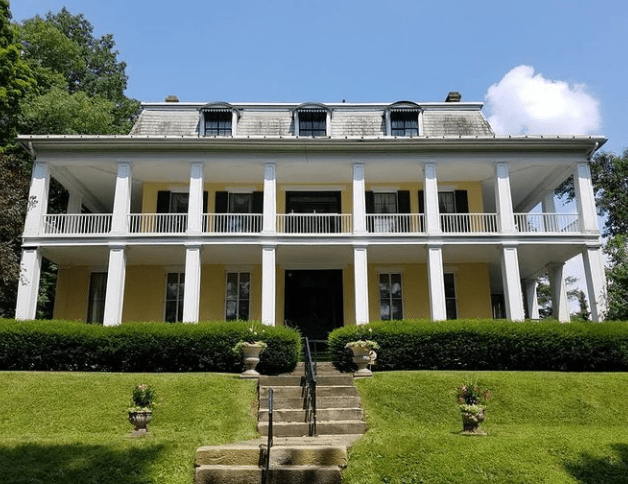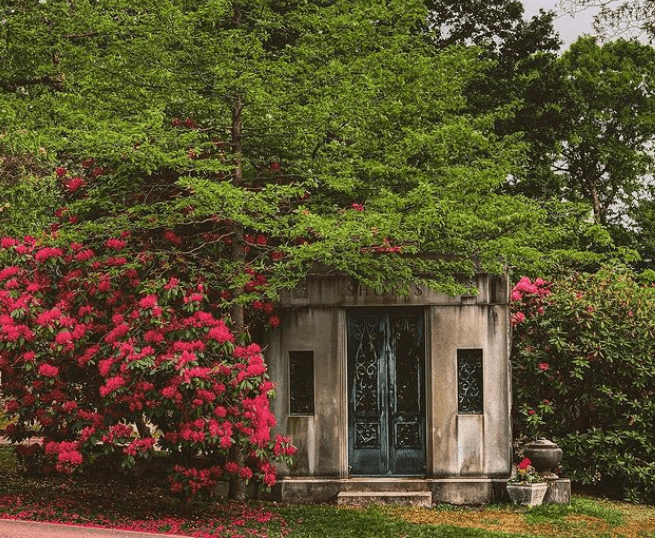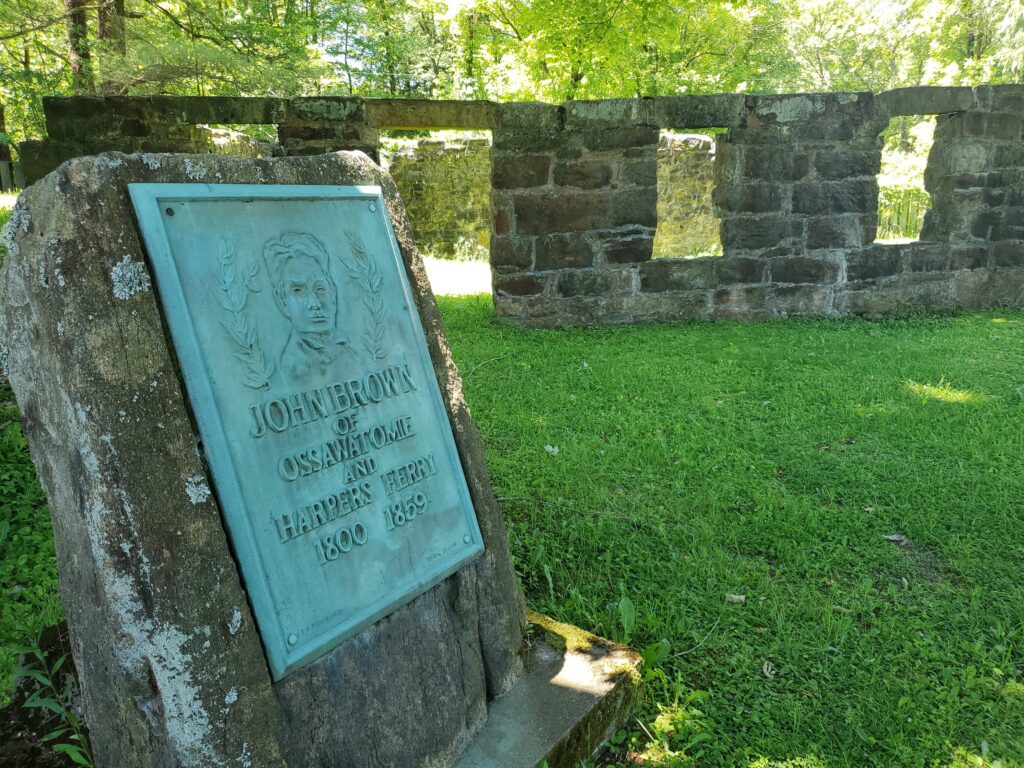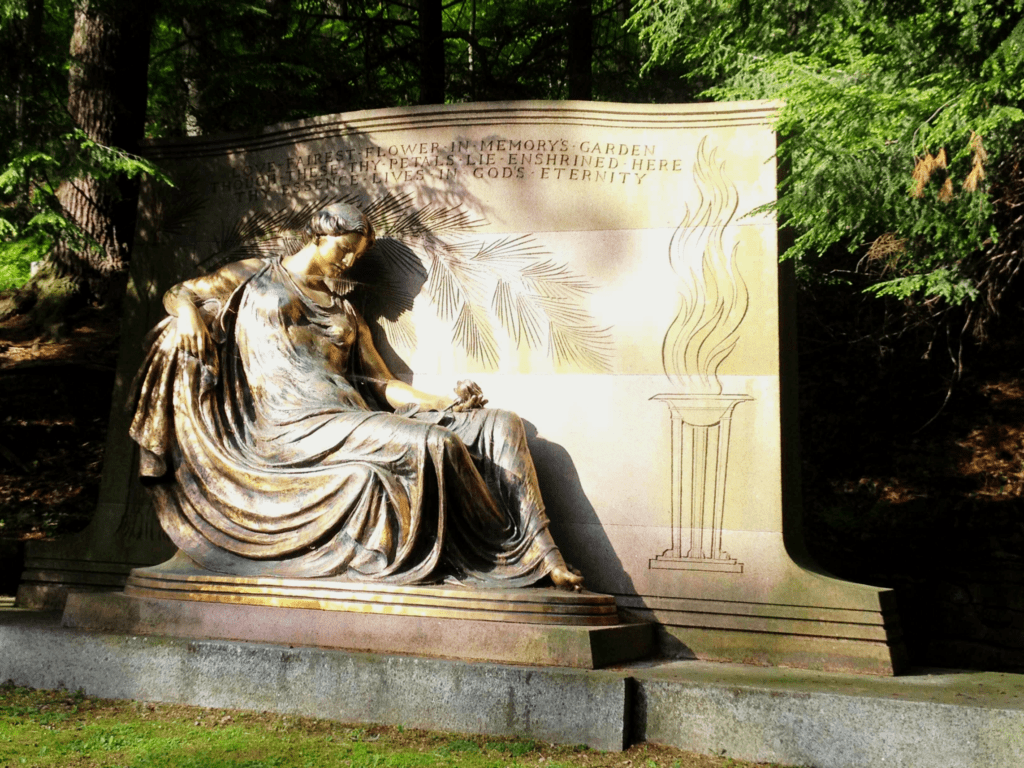For those wanting to spend a rainy afternoon or a whole weekend immersed in history, Crawford County has a number of amenities that connect our region to not just regional history, but major events and individuals who shaped our nation’s past. Join us as we explore everything from timeless architecture to the history of the underground railroad and the man that helped get Andrew Jackson elected President.
Mount Hope: The Baldwin-Reynolds Estate

Every town in America, it seems, has their own house museum that relays the history of Dr. or Mr. or Mrs. “fill in name here” that was pivotal in helping to found the area in the 1800s. In Crawford County, however, the house museum was owned by a United States Supreme Court Justice… and he is responsible for helping to acquire Florida, the Missouri Compromise and many of our nation’s tariff laws.
Mount Hope: The Baldwin-Reynolds House Museum was the former home of United States Supreme Court Justice Henry Baldwin, who served on the bench from 1830 through 1844 after spending time in Congress and helping Andrew Jackson get elected President. Baldwin lived in the house a relatively short time (dying within a year of its completion), but his descendants (and future Mount Hope residents) were major figures in the Atlantic & Great Western Railroad as well as much of the development of this region. The house is open as a museum from Memorial Day through Labor Day every Wednesday through Sunday from 12-4pm. More information can be found at their website.
Johnson-Shaw Stereoscopic Museum

Long before television and even radio, people had to find amusements a little differently! In 1892, the Keystone View Company brought three-dimensional imagery to the common American home through the stereoscope – a contraption that exists in the hands of children today as the “View Master.” Keystone View lives, from the world’s leading manufacturer of stereoscopic technology to the world’s leading museum of stereoscopic photography. Come take a trip around the world with Johnson-Shaw without leaving the building. Hours are 10am-4pm on Saturdays. Visit their website for more information.
Greendale Cemetery

Serving as the main graveyard for the City of Meadville since 1852, Greendale Cemetery is much more than its name implies. The Cemetery is as much a park or arboretum as a burial ground. It features the landscape design of Herman Munz, an architect who helped lay out much of the older section of the cemetery as well as planted thousands of rhododendrons on the property. These blossoms are enjoyed by visitors and locals alike each spring.
The cemetery features walking trails near a waterfall as well as the final resting places of the inventors of the zipper, the wife of a Supreme Court Justice, those involved in the Underground Railroad and many more. Hours are dawn to dusk and respectful visitors are welcome. Read more about the grounds here.
John Brown Tannery

John Brown, the abolitionist responsible for Bleeding Kansas and the Raid on Harper’s Ferry, spent his earlier days in Crawford County, Pennsylvania! Brown, a tanner and postmaster by trade at the time, built a tannery in 1825 and spent the next ten years working on the property as well as being an active stop on the Underground Railroad.
The tannery site is in a great state of preservation and serves as an historic site and tourist attraction near New Richmond. The property can be visited at 17620 John Brown Road, Guys Mills, PA. Check out this listing from VisitPA to learn more.
Woodlawn Cemetery

Just as with Greendale Cemetery, Woodlawn Cemetery is as breath-takingly beautiful as it is utilitarian. The cemetery boasts acres of paths, the grave and monuments for Ida Tarbell, Col. Edwin Drake and more. View “The Driller,” a larger-than-life monument to Drake and oil history, mausoleums dedicated to major players in our nation’s oil heritage and the 1907 statue “Memory,” by Evelyn Beatrice Longman. Hours are from dawn to dusk, and the cemetery can be visited at 892 West Spring Street, Titusville.




